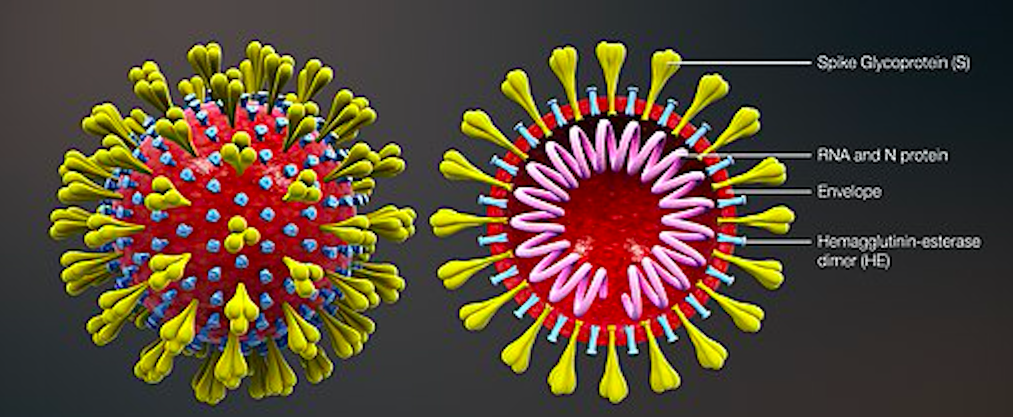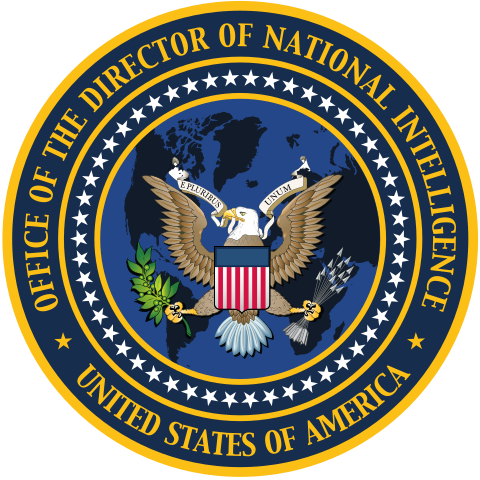
“I will tell you, more and more, we’re hearing the story [that the new coronavirus emerged from a Wuhan lab,” President Trump said last April.
On April 30, Trump said he had a “high degree of confidence” the new coronavirus originated in a laboratory in Wuhan, China. Trump said he was “not allowed” to revealed his sources, according to Reuters.
Facing Republican criticism and declining polls numbers for his belated and chaotic response to the pandemic, Trump changed the subject to China. He cut off funding for the World Health Organization, charging it is Chinese dominated and is exploring sanctions against China for its handling of the outbreak. Amplifying the uncertainty around the origins of the virus is a political imperative for an agitated president.
Locating the origins of the virus is no easy matter, notes the Washington Post. The Wuhan lab cannot be ruled out as a source.
A study published in the New England Journal of Medicine found that of the first 425 patients, only 45 percent had connections to the market. A separate Jan. 24 analysis published in the Lancet found that three of the first four cases — including the first known case — did not have market links.
Daniel R. Lucey, a pandemics expert at Georgetown University, put it simply: “In my opinion, the virus came into the market before it came out of the market.”
There were warnings. Post columnist Josh Rogin revealed two 2018 cables in which State Department officials warned of safety issues at the Wuhan Institute of Virology, a laboratory studying bat coronaviruses.
The scientists interviewed by the Post would not rule out the possibility of a laboratory leak but most said they considered it “highly unlikely,” based on the molecular characteristics of the virus.
Others are not so certain.
“It just seems like such a remarkable coincidence that you have an outbreak of a coronavirus in theory from a bat in the same city where there is this high-level BSL-4 laboratory, where not only are there foreign concerns about its safety, but there are Chinese articles about the safety protocols not being sufficient. And obviously there’s no smoking gun,” said Emily de La Bruyère, a China expert with Horizon Advisory. “It’s all circumstantial, but it’s pretty remarkable.”
U.S. Intelligence Weighs In
Gen. Mark Milley, chair of the Joint Chiefs of Staff, has said that “the weight of evidence” points to natural causes.
At the same time, the Office of Director of National Intelligence, then headed by Trump loyalist Richard Grennell, weighed in with a promise to investigate further.
“As we do in all crises, the Community’s experts respond by surging resources and producing critical intelligence on issues vital to U.S. national security. The IC will continue to rigorously examine emerging information and intelligence to determine whether the outbreak began through contact with infected animals or if it was the result of an accident at a laboratory in Wuhan.”
More investigation is always appropriate. But since Grenell and his successor Daniel Ratcliffe have zero intelligence or scientific credentials, some U.S. officials suspect a political agenda behind the Trump administration’s investigation.
The New York Times reported:
Some intelligence analysts are concerned that the pressure from administration officials will distort assessments about the virus and that they could be used as a political weapon in an intensifying battle with China over a disease that has infected more than three million people across the globe.
Most intelligence agencies remain skeptical that conclusive evidence of a link to a lab can be found, and scientists who have studied the genetics of the coronavirus say that the overwhelming probability is that it leapt from animal to human in a nonlaboratory setting, as was the case with H.I.V., Ebola and SARS.



